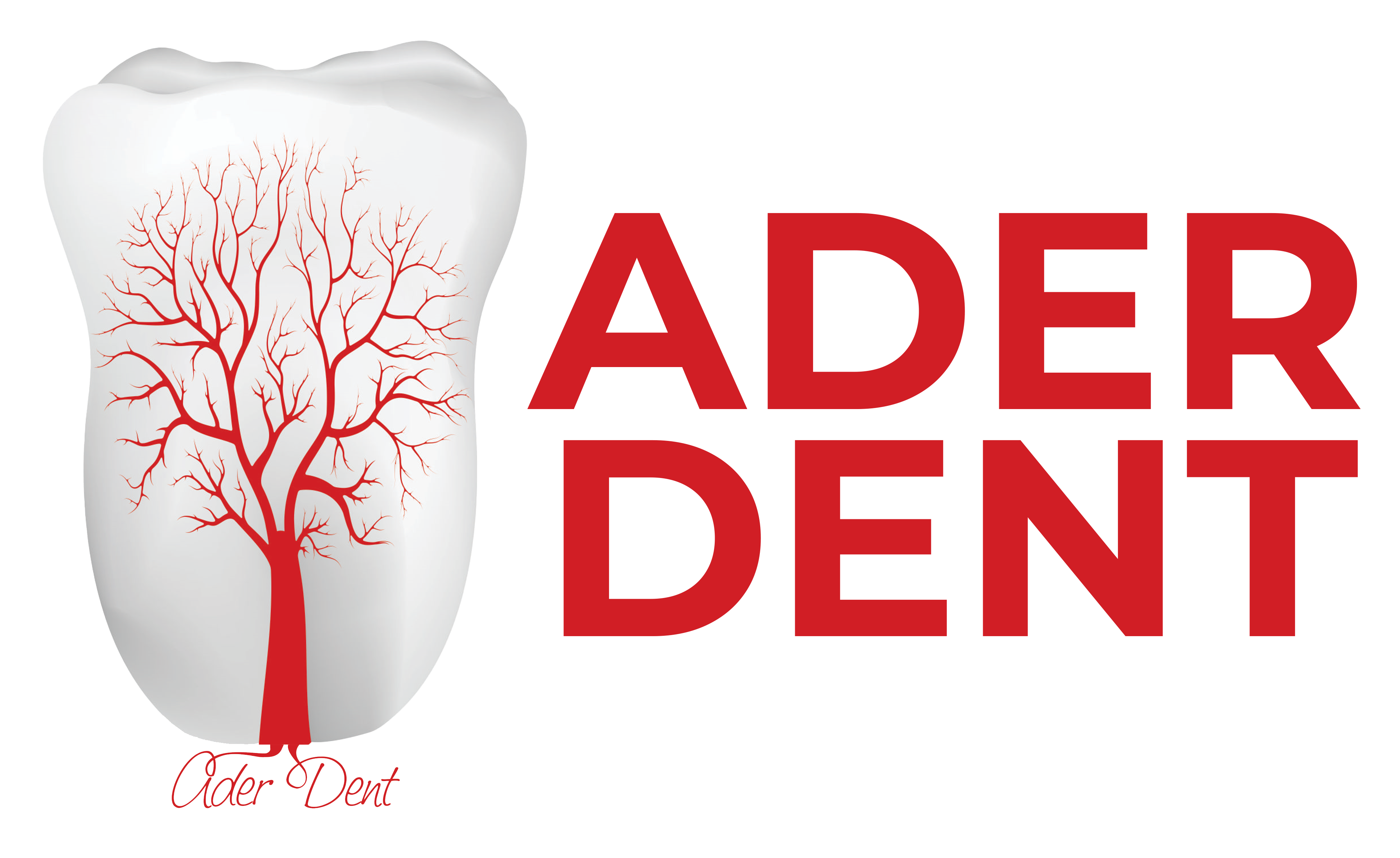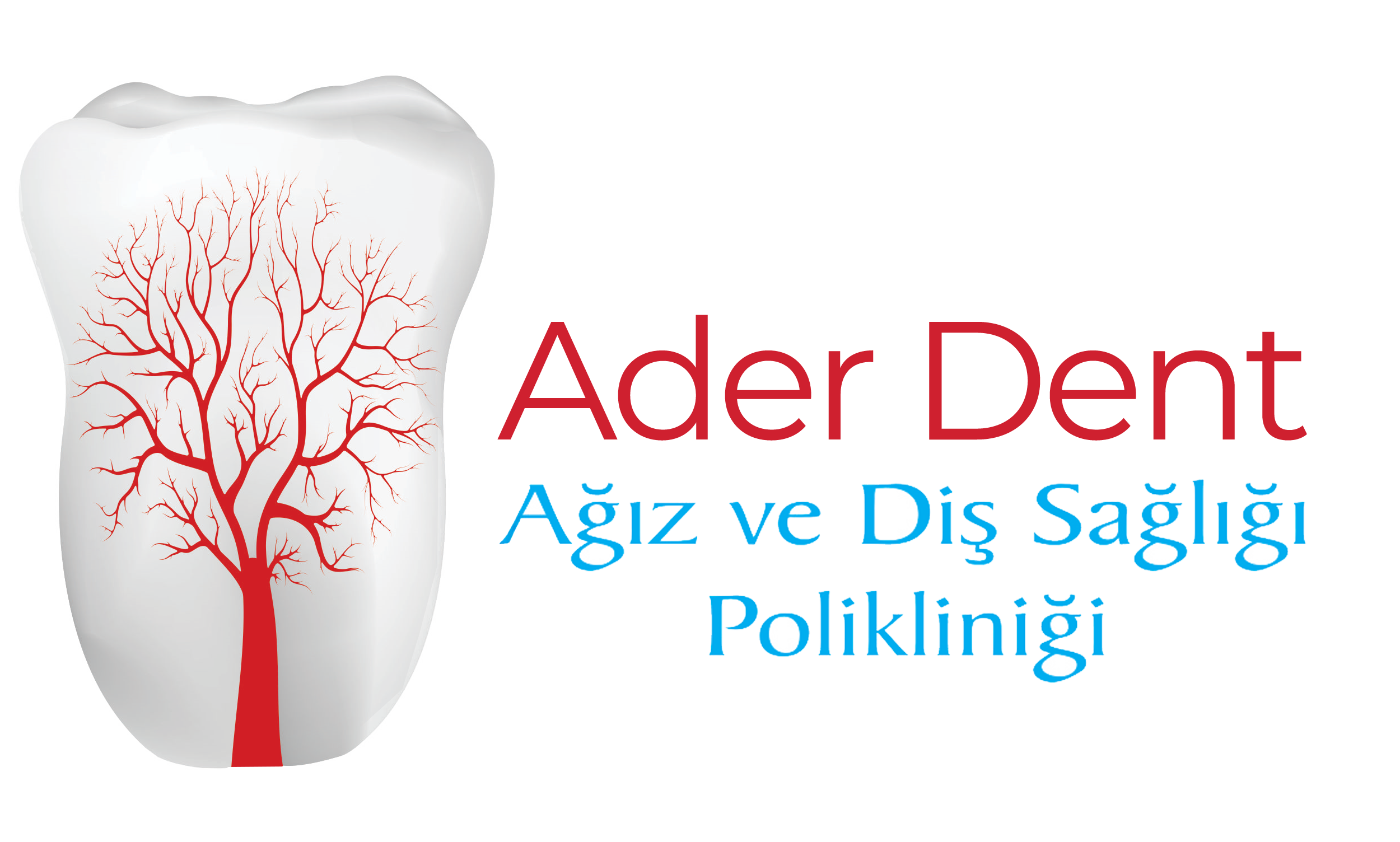Gum diseases are infections that result from inadequate oral hygiene and affect the gums. The formation of gum diseases begins with the accumulation of food debris, bacteria, and dental plaque in the mouth. Microorganisms multiply within these plaques, leading to inflammation in the gums. The formation of gum diseases accelerates when oral health is neglected.
This condition represents the first step in the development of gum disease. If left untreated, it can progress from the gums to the supporting tissues of the teeth and lead to serious health problems. In this article, we will examine in detail the formation and classification of gum diseases.
Initial Stage of Gum Disease: Gingivitis
The first stage in the formation of gum diseases is known as gingivitis. Gingivitis is a superficial inflammation of the gums and typically begins with plaque and tartar buildup. At this stage, gum diseases are triggered by the increase of microorganisms.
Symptoms include swelling, redness, and bleeding of the gums. If the disease is treated and proper oral hygiene is maintained, the gums can return to normal. However, if neglected, the formation of gum disease may progress and turn into periodontitis.
Advanced Stage of Gum Disease: Periodontitis
Periodontitis is the second and more dangerous stage in the formation of gum diseases. This disease, which is the advanced form of gingivitis, affects the connective tissues and bones surrounding the tooth. At this stage, the formation of gum disease is not only on the surface but also affects deep tissues.
Symptoms include bleeding gums, gum recession, gaps between the teeth, and tooth mobility. If left untreated, the bone support of the tooth weakens and can result in tooth loss. The formation of gum diseases can become severe, especially if oral hygiene is neglected and regular dental check-ups are missed.
Chronic and Aggressive Periodontitis
Chronic periodontitis is the most common and insidious form in the formation of gum diseases. Its symptoms may not be noticeable at first. In this form, gum diseases deepen over time due to the accumulation of microorganisms on the root surface.
Aggressive periodontitis progresses more rapidly and is generally seen in younger individuals. The formation of gum diseases in this case is linked to genetic predisposition and the immune system. It may appear locally or generally and often leads to significant bone loss.
Gum Abscess and Periodontal Abscesses
In advanced stages, the formation of gum diseases can lead to abscesses. Gum abscesses are inflamed structures that form in areas where bacteria are concentrated. They are characterized by red, swollen, and tender gums. If left untreated, the infection may spread further. Periodontal abscesses, on the other hand, extend deeper into the tissues and can damage the tooth root.
Treatment Methods for Gum Diseases
The formation of gum diseases can be controlled with early diagnosis. In the treatment of gingivitis, tartar cleaning and attention to oral hygiene are usually sufficient. However, for periodontitis, procedures such as root surface smoothing, curettage, or surgical interventions may be required. Systemic conditions such as smoking and diabetes can also accelerate the formation of gum diseases. Therefore, regular dental check-ups are essential.
Tips for Preventing Gum Diseases
The formation of gum diseases can largely be prevented through regular oral care. Brushing teeth, using dental floss, and antiseptic mouthwashes are effective measures. Additionally, maintaining a balanced diet, avoiding smoking, and reducing stress provide protective benefits against the formation of gum diseases. With regular check-ups and professional cleaning, gum diseases can be prevented.


 TR
TR




